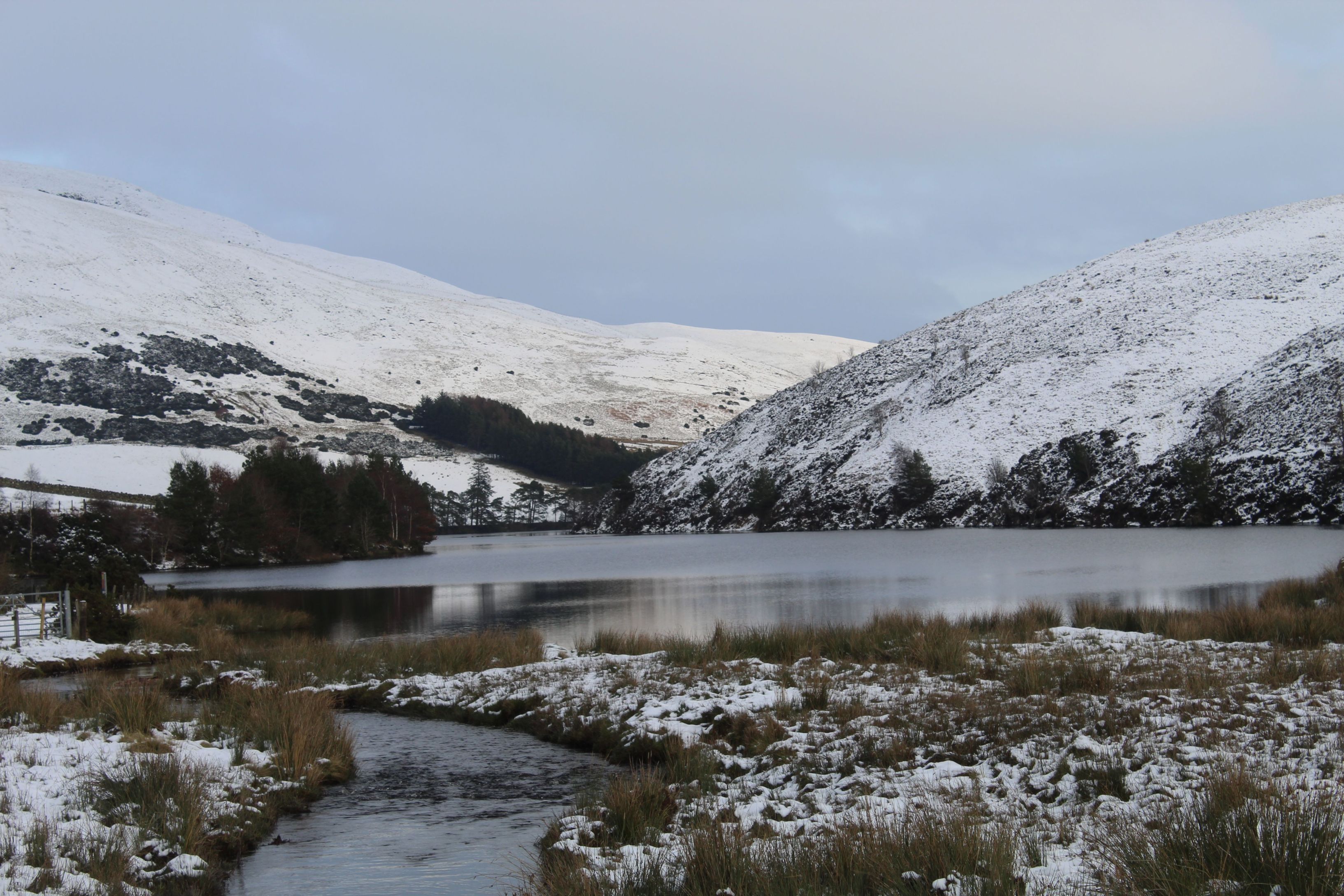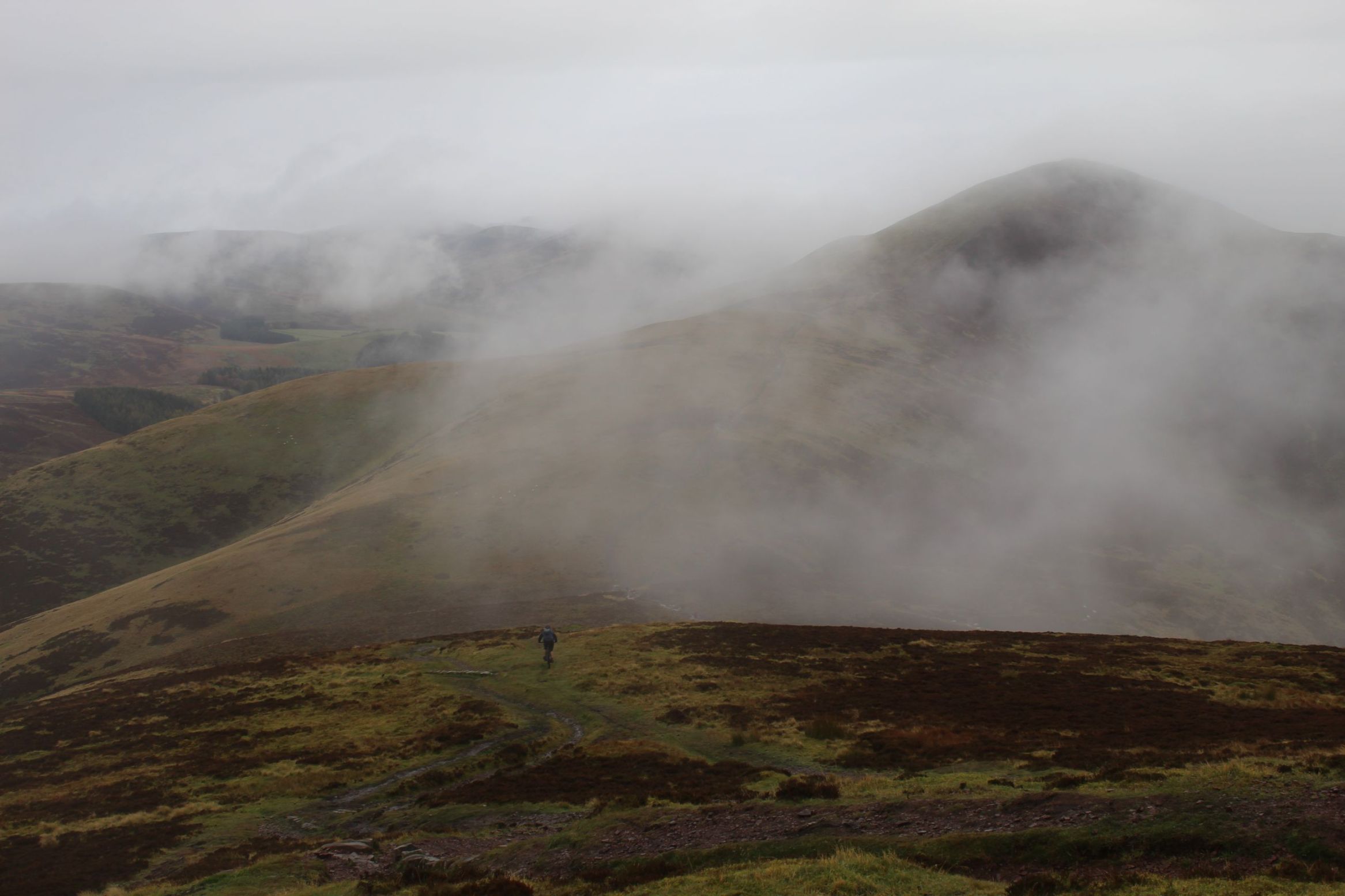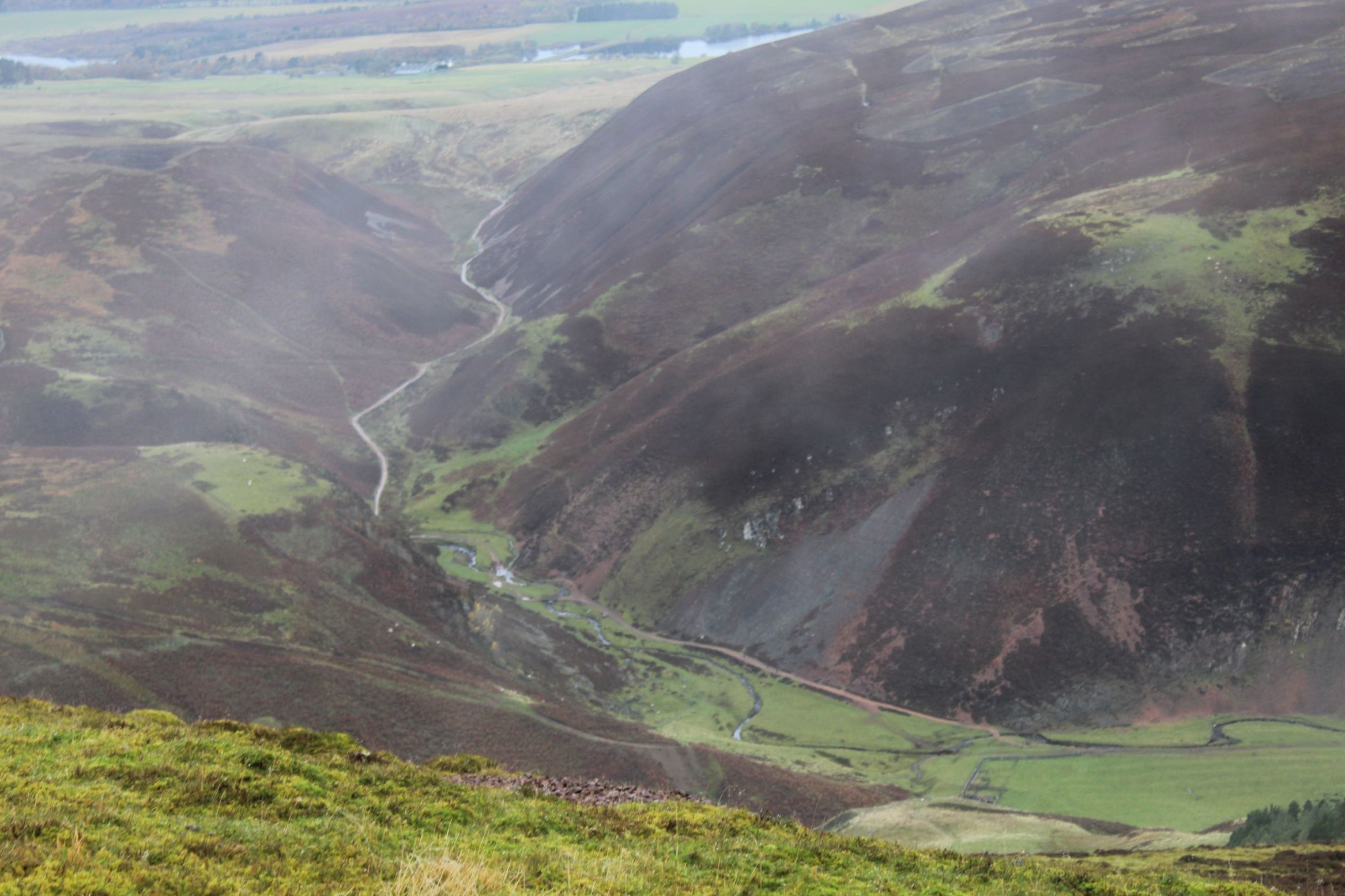Walking the Five Peaks of the Pentlands, Edinburgh’s best-kept secret
Behind the Scottish capital lies a spectacular route that inspired the country’s literary greats, says Stuart Kenny

Perhaps it’s the romanticism and history of Edinburgh’s famous Old Town, from the dramatic castle rock to the ancient closes below, that mean so few visitors to the Scottish capital stray beyond the city limits and into the hills beyond them. Or perhaps it’s simply because such remarkable views and nature are so easily accessible from the city centre itself, with Calton Hill being virtually on the edge of Princes Street, and the extinct volcano Arthur’s Seat also nearby.
From either of those beauty spots you can gaze out on the city, backdropped to the north by the Firth of Forth and to the south by the Pentland Hills – the latter one of my favourite places to walk in the world, a magical kingdom of trails, traverses and unkempt nature. Appreciation of the 100 km sq Pentlands is in no short supply with locals. I’ve lost count of the friends who’ve said they’ve turned to the hills for some escapism during lockdown, and the same stands true for me.
All this pining over the Pentlands is no new fad. Edinburgh is famously a literary city, and the hills have been inspiring Scotland’s finest writers for generations. Arthur Conan Doyle’s home in the 1880s looked out over the Pentlands, Ayr-born Rabbie Burns was known to walk in the hills, poet Robert Fergusson and author Sir Walter Scott wrote of their beauty, and Jekyll and Hyde writer Robert Louis Stevenson even had a holiday home in Swanston, at the foot of Caerketton and Allermuir. He wrote essays on the Pentland Hills, and spoke of the “unearthly harpings of the wind along the moors” and the “bitter air that took you by the throat” on winter rambles.
We’re walking deep into the Pentlands today, with the very same Allermuir and Caerketton blocking our view back to the city. Our scenic 10-mile route is called the “Five Peaks of the Pentlands” – a satisfying circular starting and ending at the Flotterstone Inn (a cracking spot for a pub lunch back in “precedented” times), which showcases the best of the Pentlands.
The route ascends a good 1,000ft from Flotterstone, and from there you rise and dip over the five highest peaks in the Pentlands – Turnhouse, Carnethy, Scald Law, West Kip and East Kip. The route loops back around to Flotterstone from there on the low-road trails, via Loganlea and Glencorse. They’re two particularly scenic reservoirs, the latter of which Stevenson was incredibly fond.

Stevenson’s “unearthly” wind is not with us on our hike, but his “bitter air” certainly is. It’s a notch or two above zero as we climb through the twilight to Turnhouse Hill. In autumn this path is a mesmerising plethora of autumnal reds and oranges, with leafy trees hiding secluded waterfalls. Hiking in winter has its own charms, though. There’s snow under foot, and it only gets deeper as we ascend. It’s not so dark out that we need headtorches, but the sun is yet to rise, and it’s one of those days where it’s hard to separate the hills from the sky. In the end, the clouds block out the majority of the sunrise, but a sliver of fiery orange does break through the dark sky.
We reach Turnhouse (507m) as the clouds are rolling in, and find another local strapping into snowshoes at the top. On their best days, the Pentlands can feel like the Cairngorms in miniature. Caerketton or Allermuir are great for big views back to the city, but in my opinion the hills are at their best when you hike deeper and lose sight of Edinburgh altogether.
It’s a steep ascent from Turnhouse to the stunning Carnethy Hill, but a beautiful one. In 1827, Sir Walter Scott wrote that he “never saw anything more beautiful than the ridge of Carnethy against a clear frosty sky”, and describes the “purple amethyst” glow so familiar to the hills.
Up close, it’s rugged – wilting heather pops out of the snow, and narrow paths wind through steep-rising hillsides
For me, Carnethy offers the finest view from the peaks, looking out to the Moorfoot Hills in the distance on one side, down to Loganlea Reservoir and the Pentland basin below, and with the almighty shape of Scald Law, our next peak and the highest in the Pentlands (579m), behind.
There’s not much of a plateau on the ridgeline. Rather, you reach one peak, and then descend and rise a good 100m each way to the next one. This gives the feel of a real day in the mountains, and gives the skyline its distinctive shape when viewed from afar. Up close, it’s rugged – wilting heather pops out of the snow, and narrow paths wind through steep-rising hillsides. Icicles hang off fences and signposts. The 300ft-odd hike from the foot of Carnethy to Scald Law slants up to a 20 per cent gradient, and has a truly wild feel to it. We take shelter behind a cairn at the top, brew a coffee and eat our lunch, before heading on to West Kip and East Kip.
The Kips are often said to be the finest hills in the Pentlands on account of their particularly pointy shape. For me, they don’t quite match the dramatic ruggedness of Scald Law or Carnethy, but their shapely distinction adds a lot to the skyline. We struggle up the icy ascent of East Kip and meet a couple of skiers over on West Kip making the most of the snow.

We descend over 700ft from the summit of West Kip round to Loganlea on a pretty path staring down at the water for its entirety. The trail becomes busier as we make our way round to Glencorse, a stunning body of water flanked by dramatic hills and treelines. Call me a hopeless hometown romantic, but I think of it as the Pentlands’ answer to Canada’s Lake Louise. Stevenson certainly loved the place. On his deathbed, the Treasure Island author wrote home to friend SR Crockett to lament: “I shall never take that walk by the Fisher’s Tryst and Glencorse; I shall never see Auld Reekie, I shall newer set my foot again upon the heather.” We arrive back at Flotterstone after fawning over a little goldcrest – the smallest bird in the UK – fluttering in some bushes nearby.

The Pentland Hills are at once part of Edinburgh’s beauty and its backdrop, and inseparable from its romantic history. One half of the dramatic natural barriers that sandwich the city between ocean and hilltops, they have long been the tether that has kept me in love with the city. And, in the midst of the pandemic, I feel I have only extended my connection to what Stevenson described as his “hills of home” – hills which will surely continue to inspire for as long as humans explore.

Join our commenting forum
Join thought-provoking conversations, follow other Independent readers and see their replies
Comments